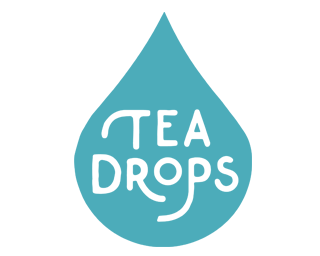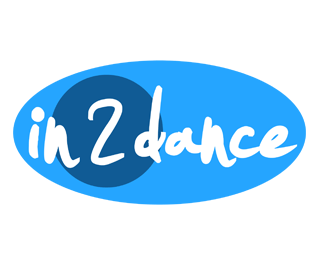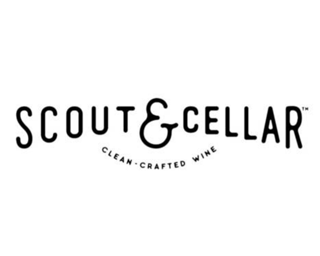What is DOMS?
August 14, 2023DOMS (Delayed Onset Muscle Soreness) EXPLAINED
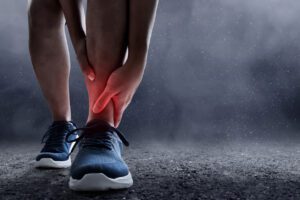
Have you experienced the struggle of walking after your workout before? Well, there’s a good chance you were experiencing a case of DOMS, or Delayed Onset Muscle Soreness.
Let’s imagine … yesterday you smashed your HIIT session, but today you can’t walk, and the mere idea of walking to the grocery story makes you say “ugh.” Your legs are so sore, that it sucks to even put your socks on. Good news! You don’t need to worry – your body will get back to normal because you are just experiencing DOMS.
What is DOMS?
Delayed onset muscle soreness, aka DOMS, is stiffness and pain that you feel between 24 and 48 hours after doing high-intensity physical exercise that your body isn’t accustomed to. Everyone gets DOMS from professional athletes to high schoolers trying a weight training class to the devoted Saturday morning barre members.
Why do we get DOMS?
It seems unfair that pain is the reward for putting ourselves through a hardcore workout. But in fact, DOMS can be a sign that you did something right during yesterday’s session.
The whole idea of resistance training is that you’re creating micro-tears in your muscles, so that they recover stronger and firmer. The soreness you’re experiencing shows your fitness is progressing.
Why does DOMS feel even worse the day after the day after?
Delayed onset muscle soreness typically rears up within 24 hours of your exercise session, and peaks approximately 48 hours later. DOMS has nothing to do with lactic acid, as it was once thought. It’s actually all about blood flow and healing. DOMS involves a temporary inflammation around your overworked muscles, which is the reason for the soreness.
As the hours pass, blood cells rush to the inflamed area to heal the soreness. So it’s normal for that creaky can’t-get-out-of-bed feeling to get worse before it gets better. But after 48 hours, you’re definitely on the road to recovery.
How to Treat DOMS
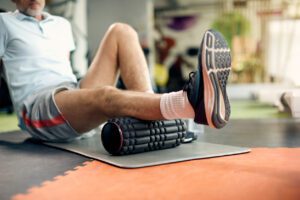
Start with the foam roller. Foam rolling can soothe sore knots and release tight trigger points in your muscle fibres. Go slowly, rolling each limb in turn, from all angles. Breathing deeply as you roll will make the treatment more effective.
In tough cases, one solution is quick and easy won’t cost you much: pour a cup of Epsom salts in a warm bath. Epsom salts are rich in magnesium, a magic mineral that helps widen your blood vessels to boost your recovery, and soak soreness from your muscles.
Can I work out with DOMS?
Sure you can. In fact, doing gentle low-impact cardio like swimming is the best active recovery. Also, light stretching and a restorative yoga class can drastically help.
Save your next dynamic HIIT workout or weights workout for when your body feels back to normal – your muscles need a little rest before you launch back into 100 burpees.
Can I eat to beat DOMS?
You’ll be pleased to know that eating well can speed up your DOMS recovery. Steak with spinach, sweet potato and red peppers is your ultimate muscle-repairing meal, or anything high in protein and moderate carbohydrates. These are all needed to help the muscle recover and rebuild with energy. This specific meal has all the key nutrients to help you bounce back. Plenty of muscle-boosting protein from the steak, lots of vitamin E from spinach and sweet potato, plus an energizing dose of vitamin C from your red peppers.
If you need extra guidance in your fitness journey, please reach out to KB Fitness Solutions. Our team of certified fitness professionals will be glad to help you achieve what you are meant to achieve!

